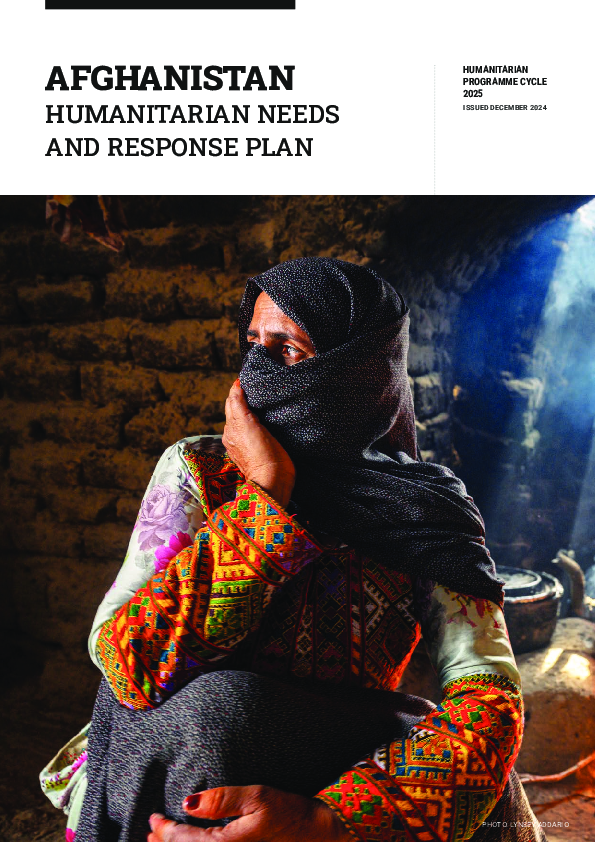Afghanistan
Afghanistan Humanitarian Needs and Response Plan 2025
The "Afghanistan Humanitarian Needs and Response Plan 2025" outlines the critical challenges faced by Afghanistan due to decades of conflict, economic instability, natural disasters, and restrictive governance. Nearly half the population—22.9 million people—requires humanitarian assistance, with women, children, and marginalized groups disproportionately affected. The report highlights severe food insecurity, acute malnutrition, inadequate healthcare and education, and climate-induced shocks as key drivers of vulnerability. Restrictions on women’s rights and the displacement crisis exacerbate these challenges, underscoring the urgent need for coordinated, gender-responsive interventions.
The response plan for 2025 focuses on delivering life-saving assistance, including food, water, healthcare, and education, while prioritizing protection for vulnerable groups. Targeting 16.8 million individuals, the plan incorporates multisectoral strategies to address interconnected vulnerabilities, enhance local capacities, and promote resilience. It also emphasizes anticipatory actions for climate adaptation and advocates for operational flexibility to navigate the restrictive environment. Despite limited resources and funding constraints, humanitarian actors remain committed to mitigating suffering and fostering sustainable recovery in Afghanistan.
For a detailed breakdown of needs, targets, and response strategies by sector, you can read the full document attached here.

